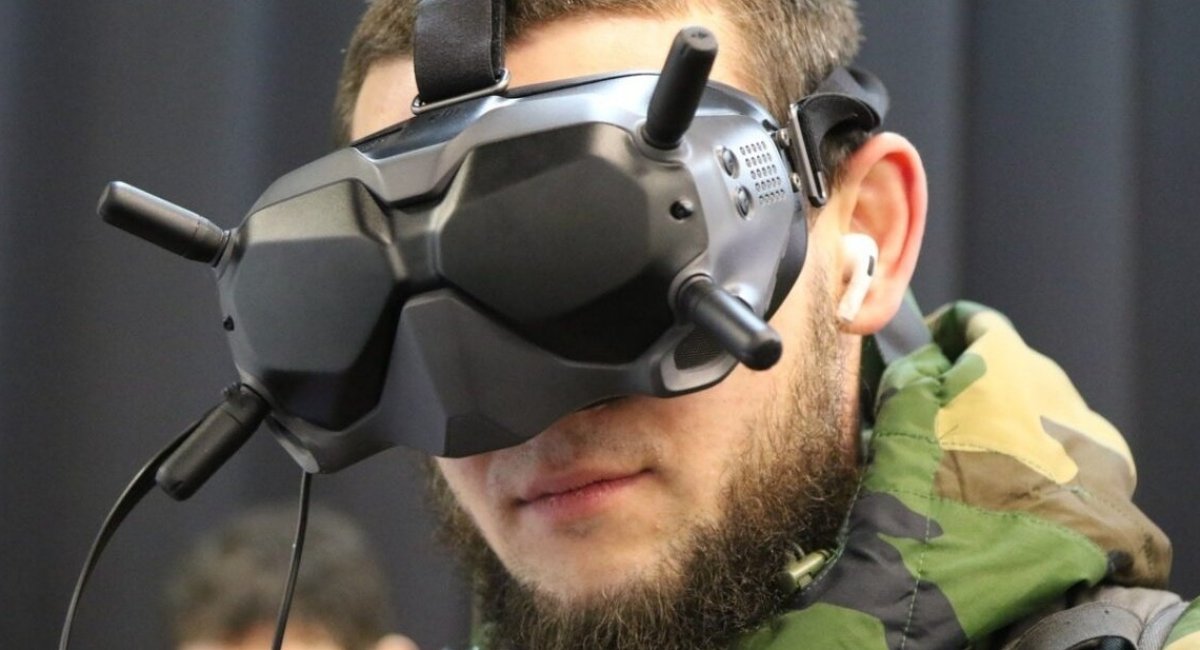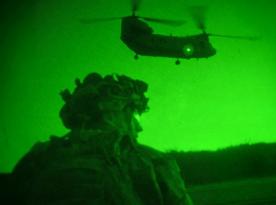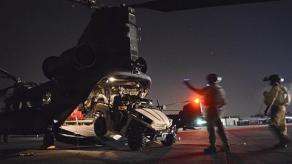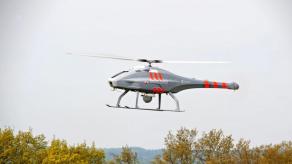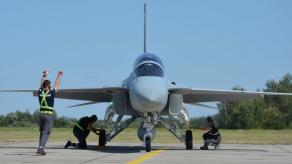In recent times, Ukrainian fighters have been regularly using FPV drones as a new type of weapon, effectively striking the enemy's manpower and equipment. Impressive videos confirming the drone's effectiveness are released almost daily.
Defense Express' Note: First-person view (FPV), also known as first-person point of view (POV), is the ability of the user of some technology to see from a particular visual perspective other than one's actual location, such as the environment of a character in a video game, a drone etc.
Read more: The USA Revealed a Huge Number of Switchblade Kamikaze Drones Transferred to Ukraine
These videos may create the impression that this is an extremely efficient and cost-effective weapon. With a relatively low price point, a drone assembled from civilian components and equipped with a small warhead can be transformed into a high-precision means of destroying the enemy, while also providing reconnaissance capabilities, the ability to retarget, and hit moving targets. However, a certain myth has emerged regarding the use of FPV drones.
However, the reality is somewhat different from expectations. To understand this issue, Defense Express asked the director of the "Kruk" UAV operator training center, Victor Taran, to comment on the emergence, training, and actual combat use of FPV drones:
"Overall, FPV drones are not used without reason. They may be cheap, starting from around $600-700 for decent quality. And if we talk about the best ones, they cost about $1000. But of course, this is still half the price of a hypothetical Mavic.
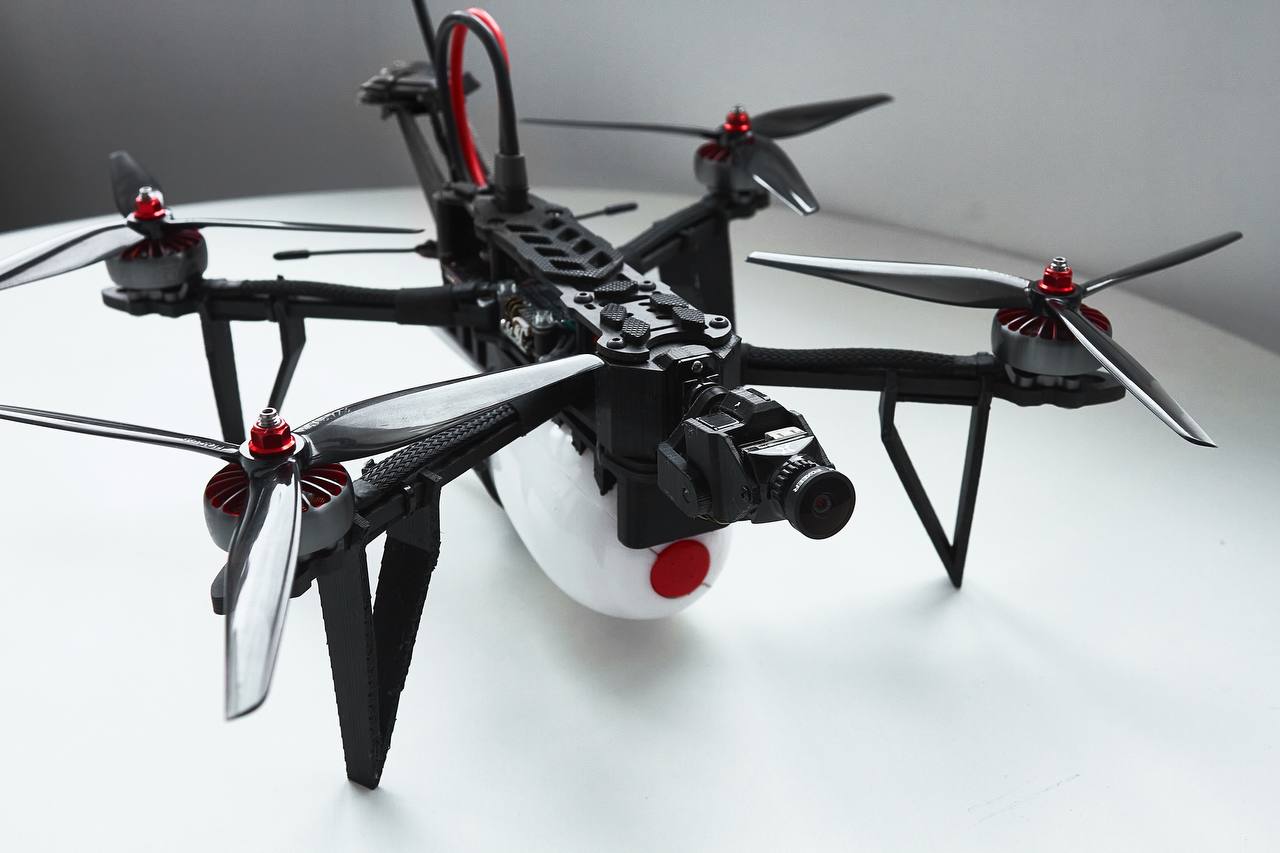
Also, their striking capabilities should not be overstated, as the combat part of an FPV drone weighs about 1 kg. Therefore, comparing an FPV drone to an anti-tank missile, taking out a tank with a kamikaze drone is much more challenging. Of course, it is possible to fly into the hatch, but it is rare. Objectively, effectively hitting a tank with an FPV drone requires a combination of several factors.
Therefore, FPV drones are more effective for striking the enemy's manpower - flying into a command observation post or artillery position, destroying a firing point, and so on. As for stories about destroying things like TOS-1A Solntsepyok heavy flamethrower system with an FPV drone, it is truly a remarkable but unique case where "the stars aligned".
At the same time, FPV drones are somewhat more resistant to electronic warfare because it is possible to adjust the control and image transmission frequencies in a wider range and use analog video transmission instead of digital, which makes them more flexible than civilian quadcopters.
However, flying an FPV drone is significantly more challenging. While the basic training course for a Mavic-type quadcopter is five days, mastering an FPV drone takes at least two to three weeks, if not more. Additionally, operators of FPV drones are subject to much stricter requirements regarding reaction speed, finger dexterity, and even the strength of their vestibular system, as some experience dizziness. So, those who get motion sickness while riding in a car will not be able to fly an FPV drone using goggles.
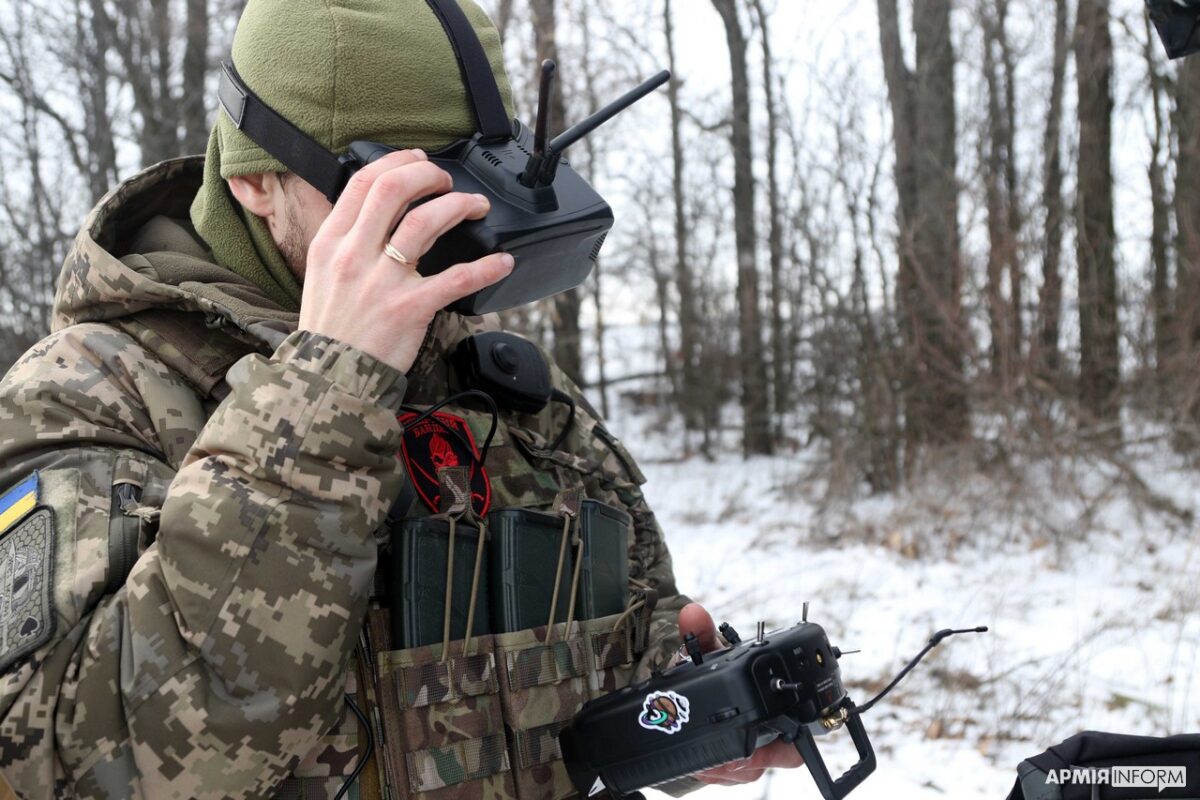
According to statistics, 90-95% of students successfully complete our quadcopter control course at our training center, while for FPV drones, it is 60-70%. However, the younger generation, who grew up playing computer games, learns to control such drones much more effectively.
This is because they understand what ping is, the drone controller is familiar to them, and they can see the depth of objects on a 2D screen, and have better orientation during sudden changes in the number of frames. And of course, quick reaction time, as well as the need for truly virtuoso control, because we are talking about crazy speeds and the terminal stage for an FPV drone is just seconds during which it must be controlled "by hand" to hit the target.”
As Defense Express reported earlier, Ukrainian soldiers of the Kharkiv Territorial Defense Brigade published footage from an FPV-drone seconds before a strike on a Murom-P surveillance system. We also published a video of spectacular destruction of the Tyulpan Mortar at a distance of 10 km with a help of FPV-drone.
Read more: Disorientation and Malfunction: Challenges With $22 Billion Program's High-Tech Goggles




